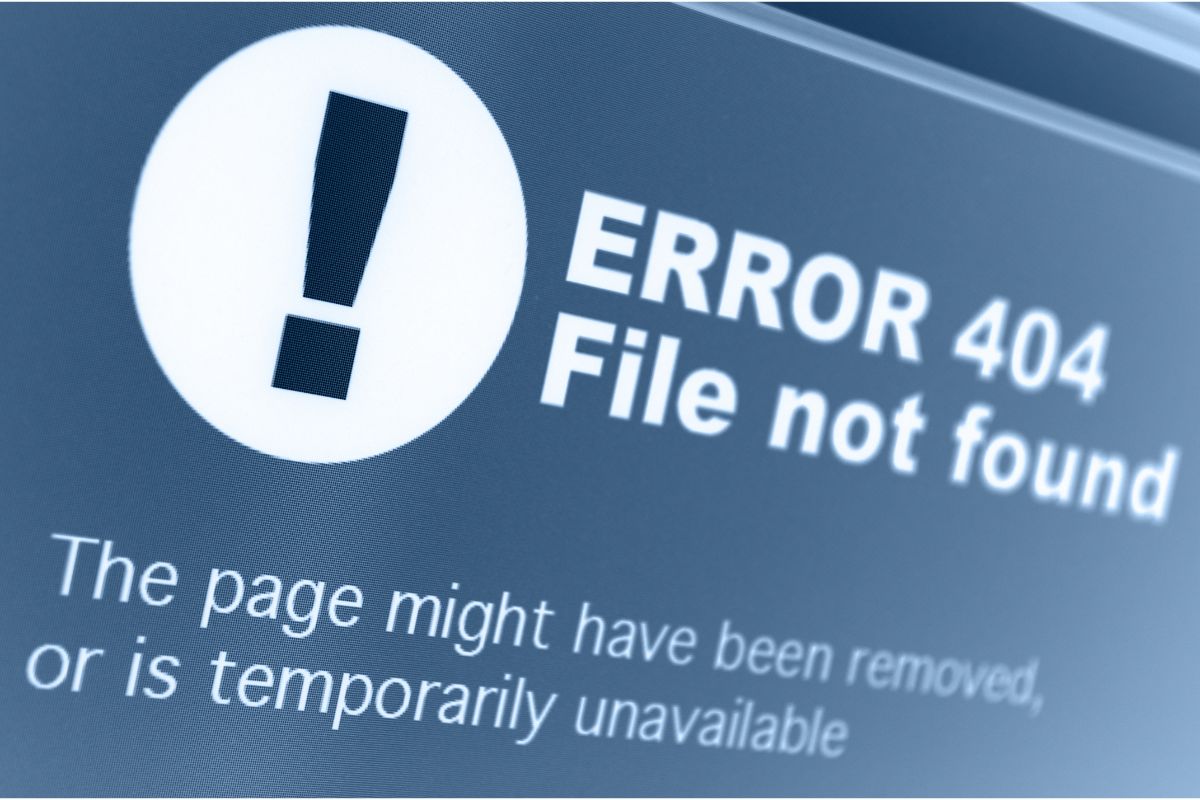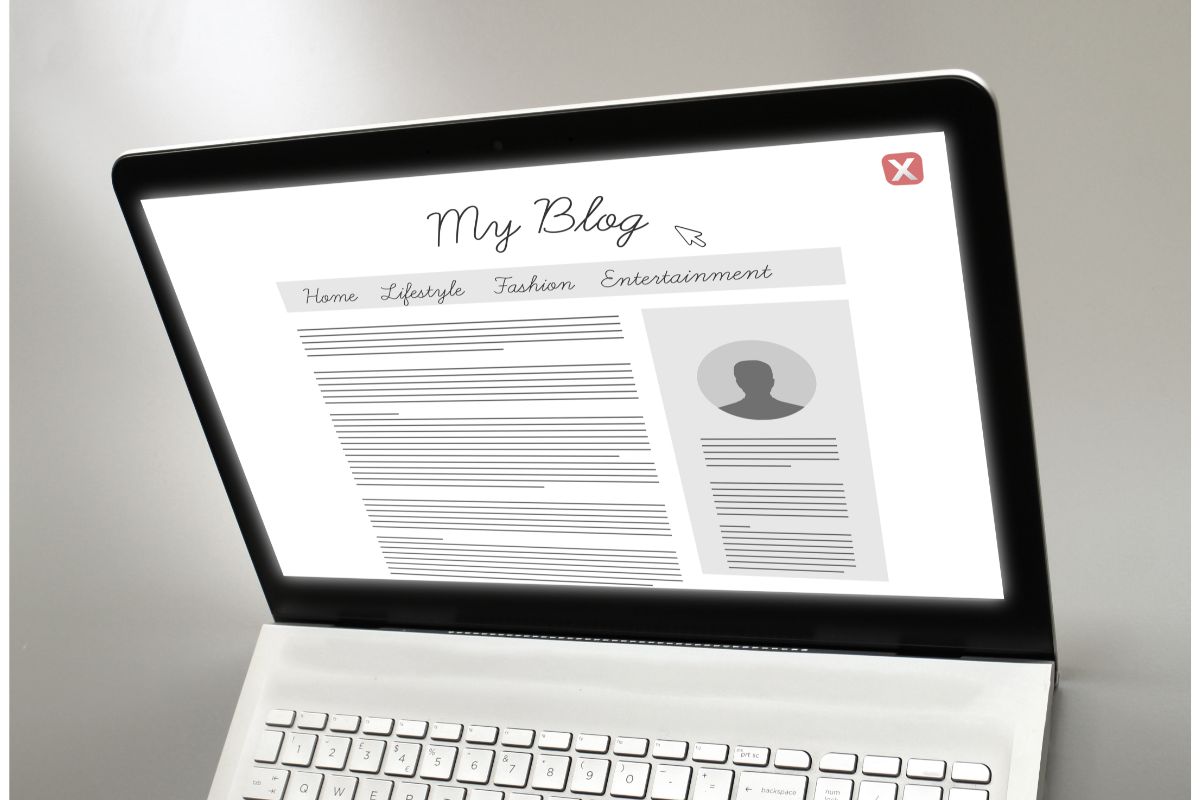404 errors are one of the mostly commonly occurring errors on the internet.
These errors occur so regularly that they have also emerged within non-internet slang.

They are otherwise known by their longer name ‘404 Page Not Found’.
This error indicates that the page that you are trying to access cannot be found which usually means the URL has changed, is wrong, or the page itself has been removed.
What Do I Need To Know About 404 Errors?
Firstly, you should be reassured that these errors are very common, therefore, it is highly likely that you have encountered one of these errors before.
The vast majority of people will come across these errors whenever they attempt to visit a specific website that no longer exists.
These errors occur because your browser is requesting that a website displays something that it cannot display, usually this is because the page itself cannot be found.
The vast majority of websites will provide you with 404 errors whenever content has been removed as this is the easiest means of notifying you that you are in the wrong place.
Despite the high volume of these errors, they do not occur as often as they used to do when the internet first formed.
This is because the vast majority of major websites will now use redirect links automatically whenever they have unpublished a specific website.
This ensures that you do not become stranded on an error page and are directed to another relevant aspect of the website instead. For this reason, there are fewer ‘broken’ pages than before.
A number of websites will also now include their own customized 404 pages that help users to navigate more easily towards the information that they are seeking.
In these instances, these pages are tailored so that it is hard to know that you have even landed on a 404 error page.
How Can I Fix A 404 Error?
If you have received a 404 error message when attempting to reach a specific webpage, it is not always evident why this has occurred.
In these instances, there are some ways that you can attempt to resolve these errors:
1) Double Check That You Have Entered The Correct URL
This is crucial, especially if the URL has been typed by hand. You may have simply made a mistake when entering the URL.
2) Refresh The Entire Webpage
These 404 errors can sometimes occur due to momentary glitches in your internet connection and thus, they may be resolved by refreshing your browser.
3) Search For The Website Via A Search Engine
It may be that the webpage has moved to a different UR. In this instance, it is best to search for the page on google to find the correct location.
4) Use Another Device To Attempt To Connect To The Webpage

If you have an alternative electronic device available, then you can attempt to reach the webpage there. If you are able to access the website from another device, then it may be an issue with your computer’s cache.
In this instance, you should clear the cache and attempt to reach the webpage again.
5) Use The History Tab Or Wayback Machine
You can search through your browsing history and attempt to access the website via this method.
Alternatively, The Wayback Machine is a free tool that enables you to see what certain URLs have appeared as during the past.
If you are aware that the webpage previously existed for a long time, then it is highly likely that this tool will have its previous URLs saved.
6) Contact The Website Owner
If you are attempting to reach a webpage on a smaller-scale website, then the owner will probably wish to know that there are broken links within the site.
This is because broken links within a webpage will damage the SEO of the site and its ranking on google.
7) Search Through Directory Levels
For instance, if a URL causes a 404 error page but contains Directory1/Directory2/Directory3 within the URL itself, then you can always remove one of these and return to a previous directory level to ascertain whether the webpage is still there.
Clearing the last directory within the URL is one of the easiest means of rectifying 404 error messages as the link for the past should still be visible via the previous directory.
Why Am I Getting A 404 Error Code On My Website?
If you are receiving a report of 404 errors occurring on a website that you own or manage, then you should ensure that you haven’t deleted any pages by accident and that all of the links that you have included are leading to the right URLs.
You should also use a tool like Dead Link Checker to ascertain whether you have any broken links or missing informational pages within your website.
The main reasons why you may be reaching HTTP 404 error messages on your website are as follows:
- You have unintentionally removed the webpage from your website.
- You have incorrectly redirected your page to another URL.
- You have entered an incorrect address.
- Your server is malfunctioning.
- You are using a different domain name and the previous one no longer exists.
You should also bear in mind that broken links often remain for a long period of time after you have moved or deleted a webpage.
This web because any sites that have been linked to this specific page are not quickly informed that the site no longer exits or can be found under a different URL.
Thus, it is highly common for websites to not check their external links on a regular basis which leads to users accessing a dead link.
This is why it is crucial that you perform regular checks on any dead links.
Conclusion
To conclude, 404 error messages commonly occur due to the reasons that I have outlined above.
However, they are generally easy to identify and rectify as long as you are engaging in regular website maintenance.
- The 20 Best Blogging Courses That Are For Beginners - December 7, 2022
- 20 Best WordPress Plugins For Blogs For Effective Blogging! - December 7, 2022
- 5 Excellent Affiliate Marketing Courses To Learn - December 6, 2022








